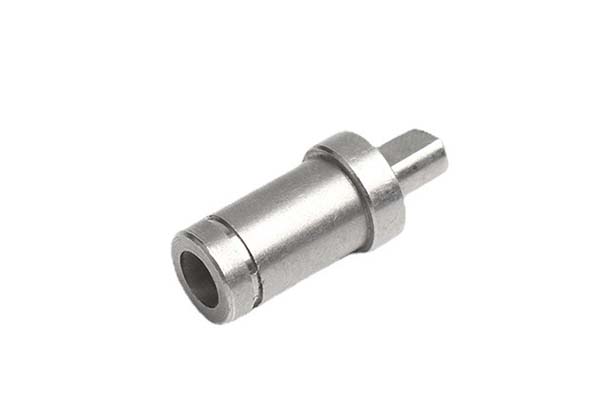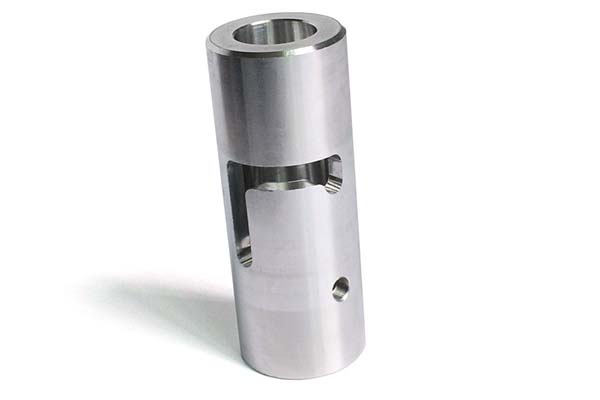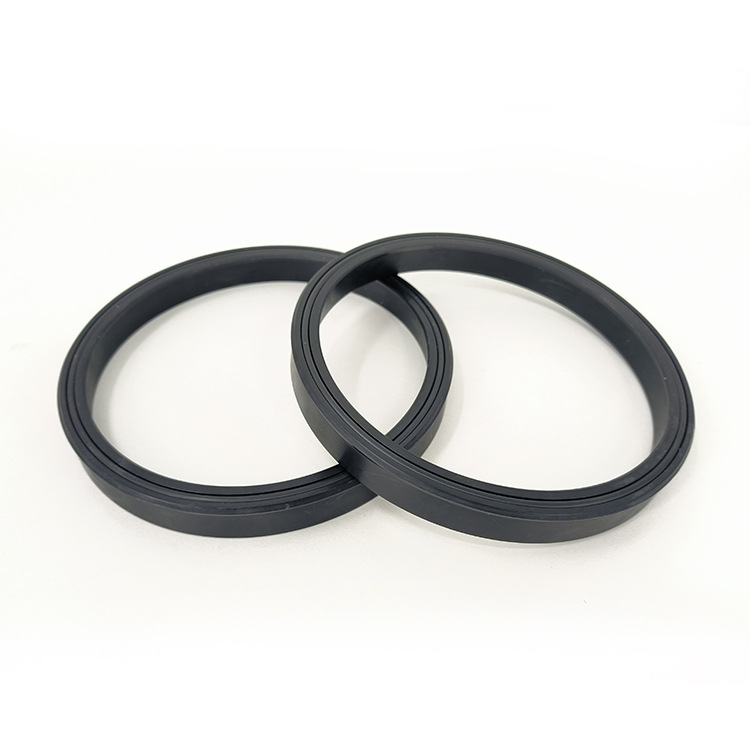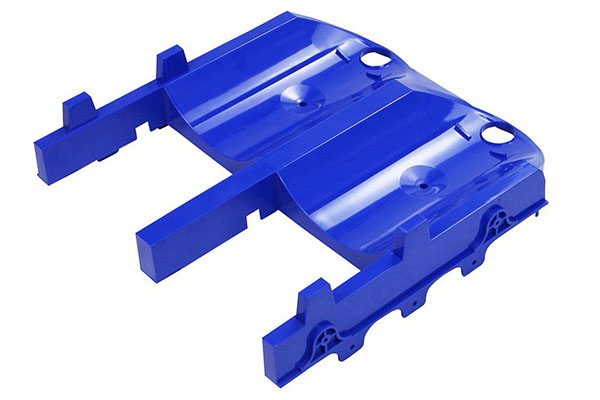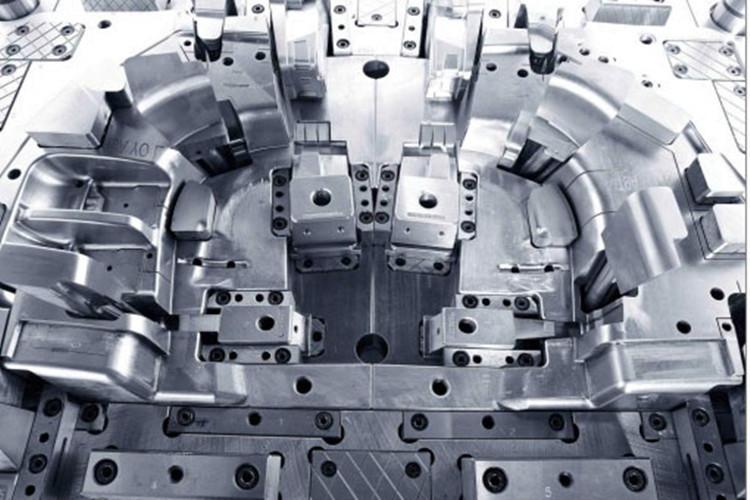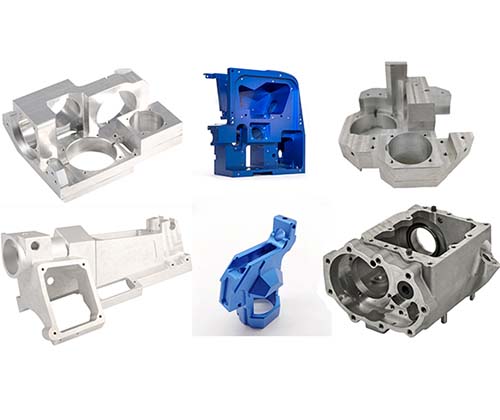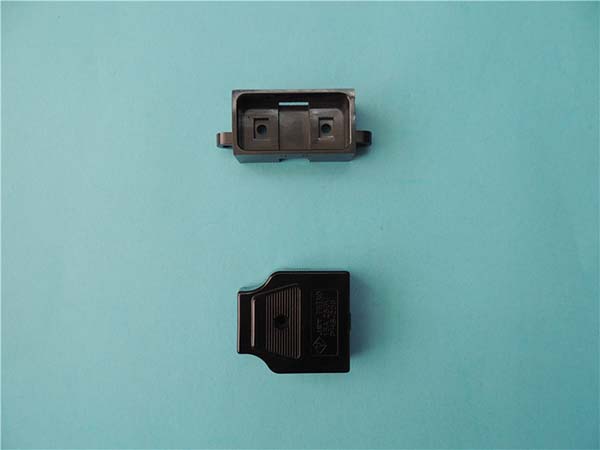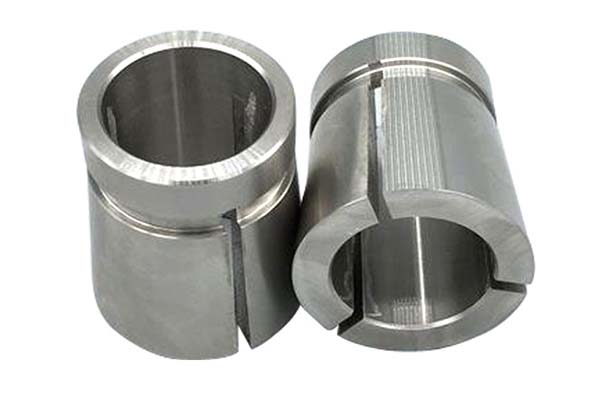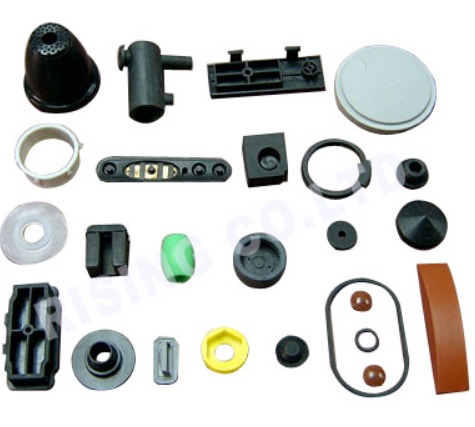Understanding the Basics of Turning Company
Turning, in the realm of manufacturing, is a fundamental machining process. It involves rotating a workpiece on a lathe while a cutting tool removes material to create a desired shape. This process is crucial for producing cylindrical parts with high precision, such as shafts, bushings, and threaded components.
In the manufacturing industry, turning holds a significant position. According to a recent industry report, over 60% of mechanical parts require some form of turning operation during their production. It serves as the backbone for various sectors, including automotive, aerospace, and machinery manufacturing. For Yigu Technology example, in the automotive industry, engine components like crankshafts and camshafts are often produced through turning processes. These parts need to be highly precise to ensure the smooth operation of the engine. A slight deviation in the dimensions of a crankshaft, for instance, could lead to engine vibrations and reduced performance.
Moreover, turning allows for the creation of complex geometries with tight tolerances. With advancements in technology, modern turning machines can achieve tolerances as low as ±0.001 mm. This level of precision is essential in industries like aerospace, where components must meet strict quality and safety standards. A comparison of traditional turning methods with modern, computer - numerical - control (CNC) turning shows the latter's superiority in terms of accuracy and repeatability. Traditional turning may have an average error margin of ±0.1 mm, while CNC turning can reduce this to a fraction, as shown in the Yigu Technology table below:
| Turning Method | Average Error Margin |
| Traditional Turning | ±0.1 mm |
| CNC Turning | ±0.001 mm |
This enhanced precision not only improves the quality of the final product but also reduces waste and rework, leading to cost - savings in the long run.
The Precision - Oriented Manufacturing Process
Advanced Equipment and Tools
Turning companies rely on a wide array of advanced equipment and tools to achieve remarkable precision. One of the cornerstones of turning operations is the Computer - Numerical - Control (CNC) lathe. These lathes are far more advanced than their traditional counterparts. For Yigu Technology example, a high - end CNC lathe can be programmed to perform complex turning operations with extreme accuracy. It can create intricate shapes, such as helical grooves on a shaft, with a repeatability of ±0.0005 mm. This is made possible by the precise control of the spindle speed, feed rate, and tool movement, all of which are managed by the CNC system.
In addition to CNC lathes, turning companies also use precision cutting tools. Carbide - tipped tools are popular due to their hardness and wear - resistance. These tools can maintain a sharp cutting edge even when machining tough materials like stainless steel. A carbide - tipped turning tool can remove material with a surface roughness of less than 0.8 Ra (micrometers), which is crucial for achieving a smooth finish on the workpiece. Another example is the use of diamond - coated tools for machining non - ferrous metals and plastics. These tools can achieve an even finer surface finish, often less than 0.2 Ra, and are capable of working with tight tolerances, as low as ±0.0002 mm in some cases.
Moreover, advanced measuring instruments play a vital role in the turning process. Coordinate Measuring Machines (CMMs) are used to accurately measure the dimensions of the workpiece. A high - precision CMM can measure with an accuracy of ±0.001 mm, ensuring that the produced parts meet the exact specifications. Laser interferometers are also employed to measure the position and motion of the machine axes. They can detect minute deviations in the movement of the axes, allowing for real - time adjustments to be made to the machine settings, thus maintaining the highest level of precision during the turning process.
Stringent Quality Control Measures
Quality control is a non - negotiable aspect of turning companies' operations. It begins even before the actual turning process. Raw materials are carefully inspected upon arrival. For instance, the dimensions of the metal bars or rods used as workpieces are measured using calipers and micrometers. The material's chemical composition is also analyzed to ensure it meets the required standards. A spectrometer may be used to precisely determine the percentage of various elements in the metal, as a deviation in the composition could affect the machinability and the final properties of the product.
During the turning process, in - process inspections are carried out at regular intervals. This involves using on - machine probes to measure the dimensions of the workpiece while it is still being machined. If any deviation from the set tolerances is detected, the machine can be adjusted immediately. For Yigu Technology example, if the diameter of a cylindrical part being turned is found to be slightly larger than the specified value, the feed rate of the cutting tool can be reduced to bring the dimension back within the acceptable range.
After the turning operation is complete, a comprehensive final inspection is conducted. Each part is inspected for dimensional accuracy, surface finish, and any potential defects. Optical comparators are used to compare the actual shape of the part with the designed blueprint. Non - destructive testing methods, such as ultrasonic testing and magnetic particle inspection, are also employed to detect internal and surface - breaking defects respectively. Only parts that pass all these rigorous inspections are deemed suitable for release. In fact, some turning companies have a rejection rate of less than 1% for their finished products, which is a testament to the effectiveness of their quality control measures.
Comparison: Traditional vs. Modern Turning Companies
Efficiency
Modern turning companies have a significant edge over traditional ones in terms of production efficiency. The following Yigu Technology table clearly shows the differences:
| Aspect | Traditional Turning Company | Modern Turning Company |
| Production Speed | Produces about 50 - 100 simple parts per day, depending on the complexity. For example, when making basic shafts, it can turn out around 80 pieces daily. | Can produce 200 - 500 simple parts per day. High - speed CNC lathes enable faster spindle speeds and feed rates. For the same basic shafts, a modern turning company can achieve a daily output of 300 pieces. |
| Setup Time | Takes 2 - 4 hours to set up a lathe for a new job. This involves manually adjusting the tool positions, setting the spindle speed, etc. | Only needs 0.5 - 1 hour for setup. The CNC system allows for quick program loading and automatic tool setting, greatly reducing the setup time. |
| Downtime | Experiences more frequent breakdowns due to mechanical wear and tear, resulting in about 8 - 12 hours of downtime per month on average. | Has less downtime, usually around 2 - 4 hours per month. Modern machines are more reliable, and advanced monitoring systems can detect potential issues in advance, allowing for preventive maintenance. |
Precision
The precision capabilities of modern turning companies far exceed those of traditional ones. In the aerospace industry, for Yigu Technology instance, the tolerance requirements for engine turbine shafts are extremely strict. Traditional turning methods might achieve a tolerance of ±0.05 mm at best. However, modern turning companies using advanced CNC lathes and precision - controlled tools can consistently maintain a tolerance of ±0.002 mm for these turbine shafts. This level of precision ensures the optimal performance and safety of the aircraft engines.
When it comes to surface finish, traditional turning often results in a surface roughness of around 1.6 - 3.2 Ra (micrometers). In contrast, modern turning processes, with the use of high - quality cutting tools like diamond - coated or carbide - tipped tools, can achieve a surface roughness as low as 0.2 - 0.8 Ra. This smoother surface finish not only improves the aesthetics of the product but also enhances its functionality, such as reducing friction in moving parts.
The Role of Skilled Workforce in Precision Manufacturing
A skilled workforce is the lifeblood of any turning company aiming for precision manufacturing. These professionals possess a deep understanding of both the technical aspects of turning and the materials being processed.
Firstly, they have in - depth knowledge of the equipment. A skilled lathe operator can optimize the performance of a CNC lathe. For Yigu Technology example, they can adjust the spindle speed and feed rate based on the material being machined. When working with titanium, which is a difficult - to - machine material due to its high strength and low thermal conductivity, a skilled operator will reduce the feed rate and increase the spindle speed slightly compared to machining mild steel. This adjustment helps to prevent overheating of the cutting tool and ensures a smooth cutting process, resulting in a part with the desired precision.
Secondly, they are proficient in programming. In modern turning, especially with CNC machines, programming is essential. A skilled programmer can write code that enables the machine to execute complex turning operations. For instance, when creating a part with multiple contours and features, the programmer can precisely define the tool paths, taking into account factors such as the radius of the cutting tool, the depth of cut, and the desired surface finish. This level of programming expertise ensures that the final product meets the exact specifications.
Moreover, skilled workers are crucial in problem - solving. During the turning process, various issues may arise. For Yigu Technology example, if chatter occurs (unwanted vibrations that can affect the surface finish and dimensional accuracy), a skilled operator can quickly diagnose the cause. It could be due to an improper tool - holder setup, an incorrect spindle speed, or a lack of rigidity in the workpiece setup. Once the cause is identified, the operator can take appropriate measures, such as tightening the tool - holder, adjusting the spindle speed, or adding support to the workpiece, to eliminate the chatter and resume the precision - turning process.
In fact, studies have shown that companies with a highly skilled workforce have a defect rate that is 30 - 50% lower than those with less - skilled employees. This clearly demonstrates the significant impact that a skilled workforce has on precision manufacturing in a turning company.
Frequently Asked Questions
What are the key factors that contribute to the high precision of turning companies?
Advanced equipment like high - end CNC lathes, precision cutting tools such as carbide - tipped and diamond - coated tools, and accurate measuring instruments like CMMs and laser interferometers are crucial. Also, a skilled workforce with in - depth knowledge of equipment operation, programming, and problem - solving, along with stringent quality control measures at every stage of production, contribute to high precision.
How does a turning company ensure the quality of its products during the manufacturing process?
Quality control starts with the inspection of raw materials for dimensions and chemical composition. During the turning process, in - process inspections are carried out using on - machine probes. After the operation, a comprehensive final inspection is done, including dimensional accuracy checks with optical comparators and non - destructive testing for defects. Only products that pass all these inspections are approved.
Can turning companies handle large - scale production while maintaining high precision?
Yes, they can. Modern turning companies use advanced CNC lathes with high - speed capabilities and automated tool - changing systems, which can increase production speed without sacrificing precision. Skilled workers can also optimize the production process for large - scale production. Additionally, continuous monitoring and quality control measures are in place to ensure that the high - precision standards are maintained throughout the large - scale production run.
